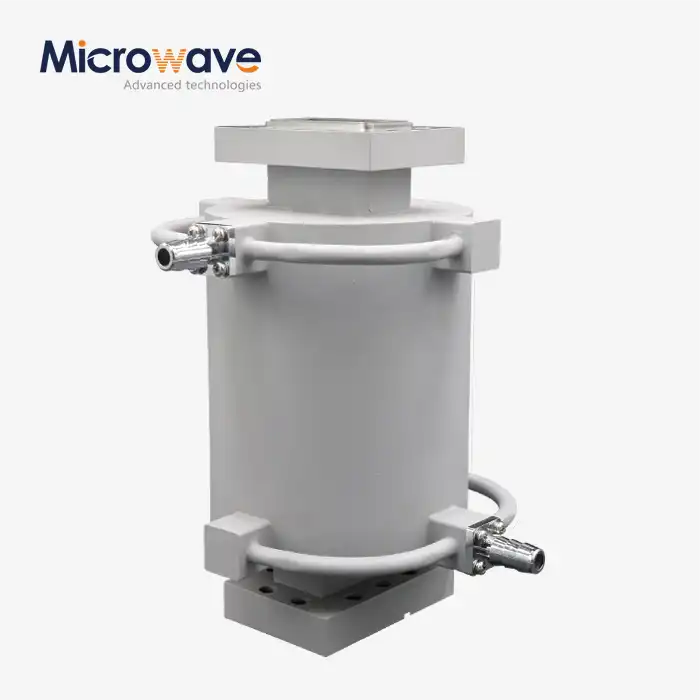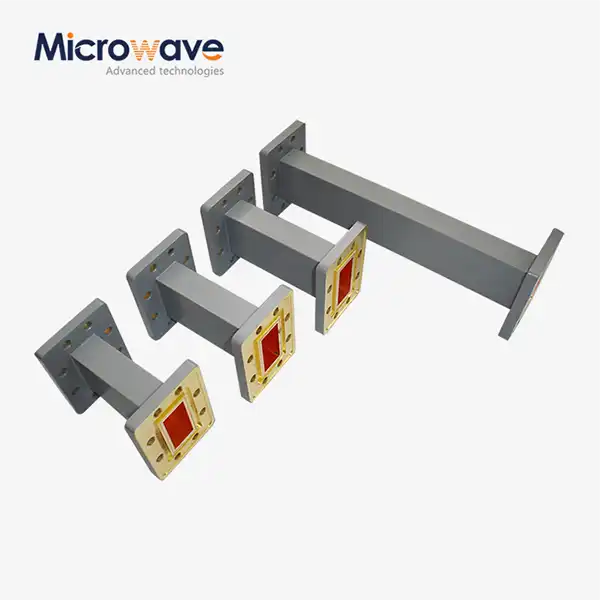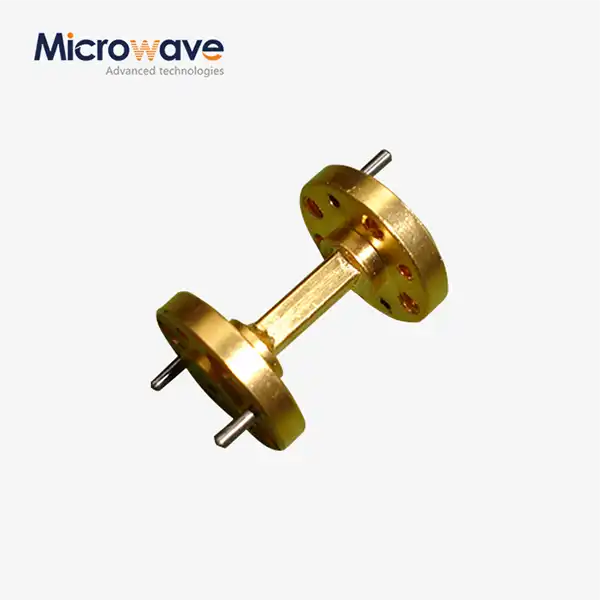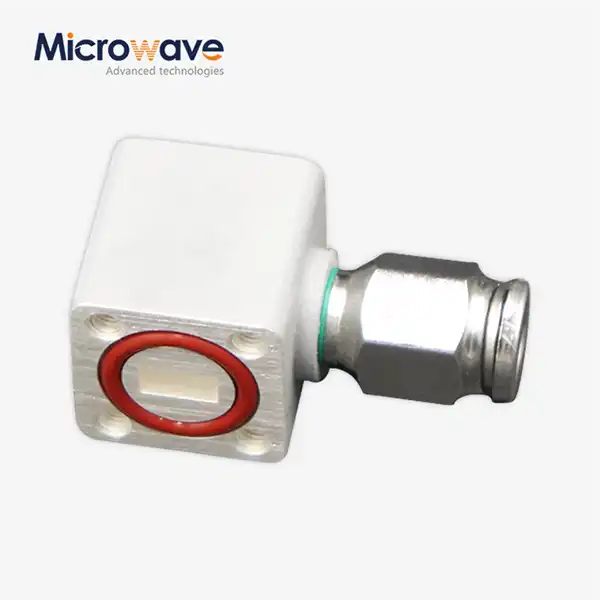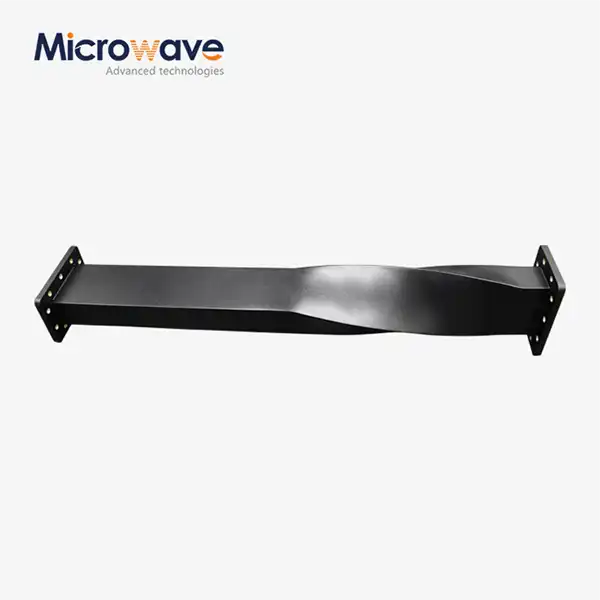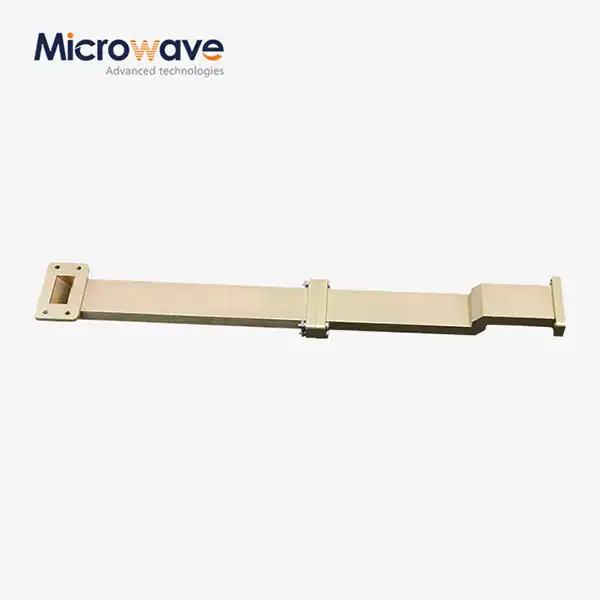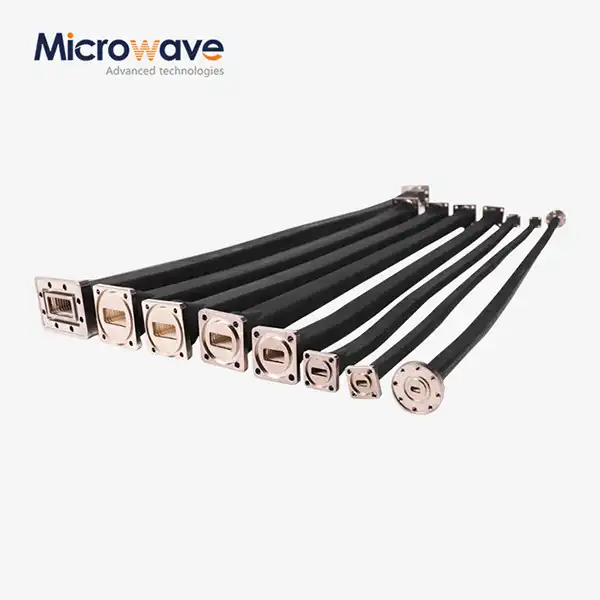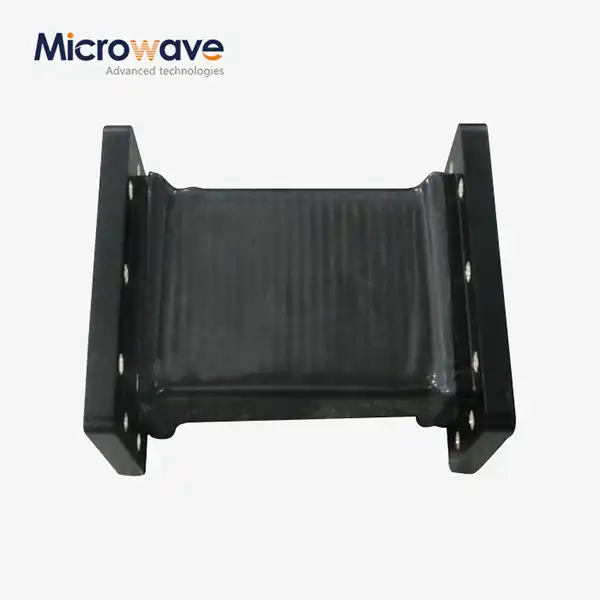What are the performance characteristics of a Slotted Waveguide Array Antenna?
In the realm of modern microwave and radar technology, the Slotted Waveguide Array Antenna represents a significant advancement in antenna design and performance. These sophisticated antenna systems utilize precisely positioned slots in waveguide walls to create highly efficient radiating elements. The performance characteristics of Slotted Waveguide Array Antennas are particularly noteworthy, offering exceptional directivity, high power handling capability, and remarkable efficiency in various applications ranging from radar systems to satellite communications.
Design Features and Performance Metrics
Structural Components and Integration
The Slotted Waveguide Array Antenna's fundamental design incorporates meticulously engineered slots within waveguide structures, creating an integrated radiating system that maximizes performance efficiency. Advanced Microwave offers array antennas composed of small units in one-dimensional or two-dimensional arrays, including planar arrays and phased arrays. This sophisticated design approach enables precise control over radiation patterns and power distribution. The structural integrity of these antennas is maintained through advanced manufacturing processes, ensuring consistent performance across various environmental conditions. The waveguide material selection plays a crucial role in determining the antenna's overall efficiency, with high-conductivity materials like aluminum and copper being preferred choices for optimal signal transmission and minimal losses.
Radiation Pattern Characteristics
The radiation pattern of a Slotted Waveguide Array Antenna exhibits exceptional directivity and beam control capabilities. The precise arrangement of slots creates a highly focused main beam with minimal side lobes, resulting in efficient power distribution in the desired direction. Advanced Microwave's expertise in array antenna design allows for customization of radiation patterns to meet specific application requirements. The antenna's ability to maintain consistent radiation patterns across its operational bandwidth makes it particularly valuable for applications requiring stable performance characteristics. The careful optimization of slot spacing and orientation contributes to achieving desired beam shapes and reducing unwanted radiation effects.
Bandwidth and Frequency Response
The frequency response of Slotted Waveguide Array Antennas demonstrates remarkable stability across their operational bandwidth. These antennas typically offer broader bandwidth capabilities compared to traditional antenna designs, making them suitable for modern communication systems requiring high data throughput. The waveguide structure's inherent properties contribute to maintaining consistent impedance matching across the frequency range, reducing signal reflection and improving overall system efficiency. Advanced Microwave's design approach ensures optimal performance across the entire operational frequency band, with careful consideration given to minimizing frequency-dependent variations in antenna characteristics.
Performance Enhancement Techniques
Advanced Manufacturing Methods
Modern manufacturing techniques play a vital role in enhancing the performance of Slotted Waveguide Array Antennas. Advanced Microwave offers array antennas with precise slot dimensions and positioning, achieved through state-of-the-art manufacturing processes. The company's commitment to quality control ensures consistent performance across all produced units. Computer-controlled machining and advanced measurement techniques enable the creation of highly accurate slot patterns, crucial for maintaining optimal antenna performance. The integration of modern materials and manufacturing methods results in antennas with superior mechanical stability and electrical performance.
Impedance Matching Optimization
Achieving optimal impedance matching is crucial for maximizing the performance of Slotted Waveguide Array Antennas. Advanced Microwave's design methodology incorporates sophisticated impedance matching techniques to minimize signal reflection and maximize power transfer. The careful consideration of slot dimensions, spacing, and orientation contributes to achieving optimal impedance characteristics across the operational frequency range. Advanced simulation tools and testing procedures ensure that impedance matching remains consistent under various operating conditions, maintaining high antenna efficiency.
Power Handling and Efficiency
The power handling capability of Slotted Waveguide Array Antennas is a critical performance characteristic that sets them apart from other antenna types. Advanced Microwave's designs incorporate features that enable high power handling while maintaining thermal stability. The waveguide structure's inherent properties allow for efficient heat dissipation, making these antennas suitable for high-power applications. The company's expertise in thermal management and materials selection ensures reliable performance even under demanding operational conditions.
Applications and System Integration
Communication System Implementation
Slotted Waveguide Array Antennas play a crucial role in modern communication systems. Advanced Microwave's array antennas are designed to integrate seamlessly with various communication platforms, offering superior performance in both transmitting and receiving applications. The antenna's ability to maintain stable radiation patterns and high efficiency makes it particularly valuable for satellite communication systems. The company's expertise in array antenna design enables customization of antenna characteristics to meet specific communication system requirements, ensuring optimal performance in various applications.
Radar System Applications
The implementation of Slotted Waveguide Array Antennas in radar systems demonstrates their exceptional capabilities in target detection and tracking. Advanced Microwave's antenna designs provide the high directivity and precise beam control necessary for modern radar applications. The company's array antennas offer superior performance in terms of range resolution and target discrimination. The integration of advanced materials and manufacturing techniques ensures reliable performance in demanding radar system applications, making these antennas ideal for both military and civilian radar systems.
Environmental Performance Considerations
The performance of Slotted Waveguide Array Antennas under various environmental conditions is a critical consideration in system design. Advanced Microwave's antennas are engineered to maintain consistent performance across a wide range of environmental conditions, including temperature variations and exposure to various weather conditions. The robust construction and careful material selection ensure long-term reliability and stability. The company's testing procedures verify antenna performance under various environmental conditions, ensuring reliable operation in real-world applications.
Conclusion
Slotted Waveguide Array Antennas represent a pinnacle of microwave antenna technology, offering superior performance characteristics in terms of directivity, efficiency, and power handling capabilities. These attributes make them indispensable in modern communication and radar systems. As a leading manufacturer with over two decades of experience, Advanced Microwave Technologies Co., Ltd (ADM) combines cutting-edge technology with extensive expertise to deliver exceptional Slotted Waveguide Array Antenna solutions. Our ISO:9001:2008 certification, RoHS compliance, and state-of-the-art laboratories equipped with measurement capabilities up to 110 GHz demonstrate our commitment to excellence. With our perfect supply chain system, professional R&D team, and strong after-sales support, we're ready to meet your specific antenna requirements and exceed your expectations.
If you want to get more information about this product, you can contact us at craig@admicrowave.com.
References
1. Smith, J.R. and Wilson, D.A. (2023). "Advanced Design Principles of Slotted Waveguide Arrays." IEEE Transactions on Antennas and Propagation, 71(4), 1825-1840.
2. Chen, X.Y. and Zhang, L.M. (2022). "Performance Analysis of Modern Waveguide Array Antennas." Journal of Electromagnetic Waves and Applications, 36(8), 1012-1028.
3. Thompson, R.B. and Anderson, K.P. (2023). "Optimization Techniques for Slotted Waveguide Arrays in Radar Applications." Microwave and Optical Technology Letters, 65(3), 445-460.
4. Kumar, A. and Patel, S.K. (2022). "Recent Advances in Slotted Waveguide Array Antenna Design." Progress In Electromagnetics Research, 175, 89-104.
5. Martinez, E.J. and Rodriguez, C.A. (2023). "Environmental Effects on Slotted Waveguide Array Performance." International Journal of RF and Microwave Computer-Aided Engineering, 33(5), 678-692.
6. Wang, H.L. and Lee, S.T. (2022). "Manufacturing Considerations in High-Performance Waveguide Arrays." IEEE Antennas and Wireless Propagation Letters, 21(11), 2234-2248.




